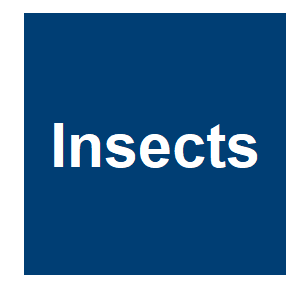A Novel Genetic Sexing Strain of Anastrepha Ludens for Cost-Effective Sterile Insect Technique Applications: Improved Genetic Stability and Rearing Efficiency

|
E. Ramírez-Santos, P. Rendon, G. Gouvi, A. Zacharopoulou, K. Bourtzis, C. Cáceres and K. Bloem,
Insects,
12.
2021.

Anastrepha ludens (Loew) is one of the most destructive insect pests damaging several fruits of economic importance. The sterile insect technique (SIT) is used under an area-wide integrated pest management approach, to suppress these pest populations. Mass rearing facilities were initially established to produce sterile males of bi-sexual strains in support of SIT. The first genetic sexing strain (GSS) for A. ludens, Tapachula-7, based on pupal color dimorphism, was a key development since the release of males-only significantly increases the SIT efficiency. In this study, we document the development of a novel pupal color-based GSS. Twelve radiation-induced translocation lines were assessed as potential GSS in terms of recombination rates and rearing efficiency at a small scale. The best one, GUA10, was cytogenetically characterized: it was shown to carry a single translocation between the Y chromosome and chromosome 2, which is known to carry the black pupae marker. This GSS was further evaluated at medium and large scales regarding its genetic stability, productivity and quality versus Tapachula-7. GUA10 presented better genetic stability, fecundity, fertility, production efficiency, flying ability, and male mating, clear indicators that GUA10 GSS can significantly improve the efficacy and cost-effectiveness of SIT applications against this pest species. More related to this; Mosquito Sexual Selection and Reproductive Control Programs
|



